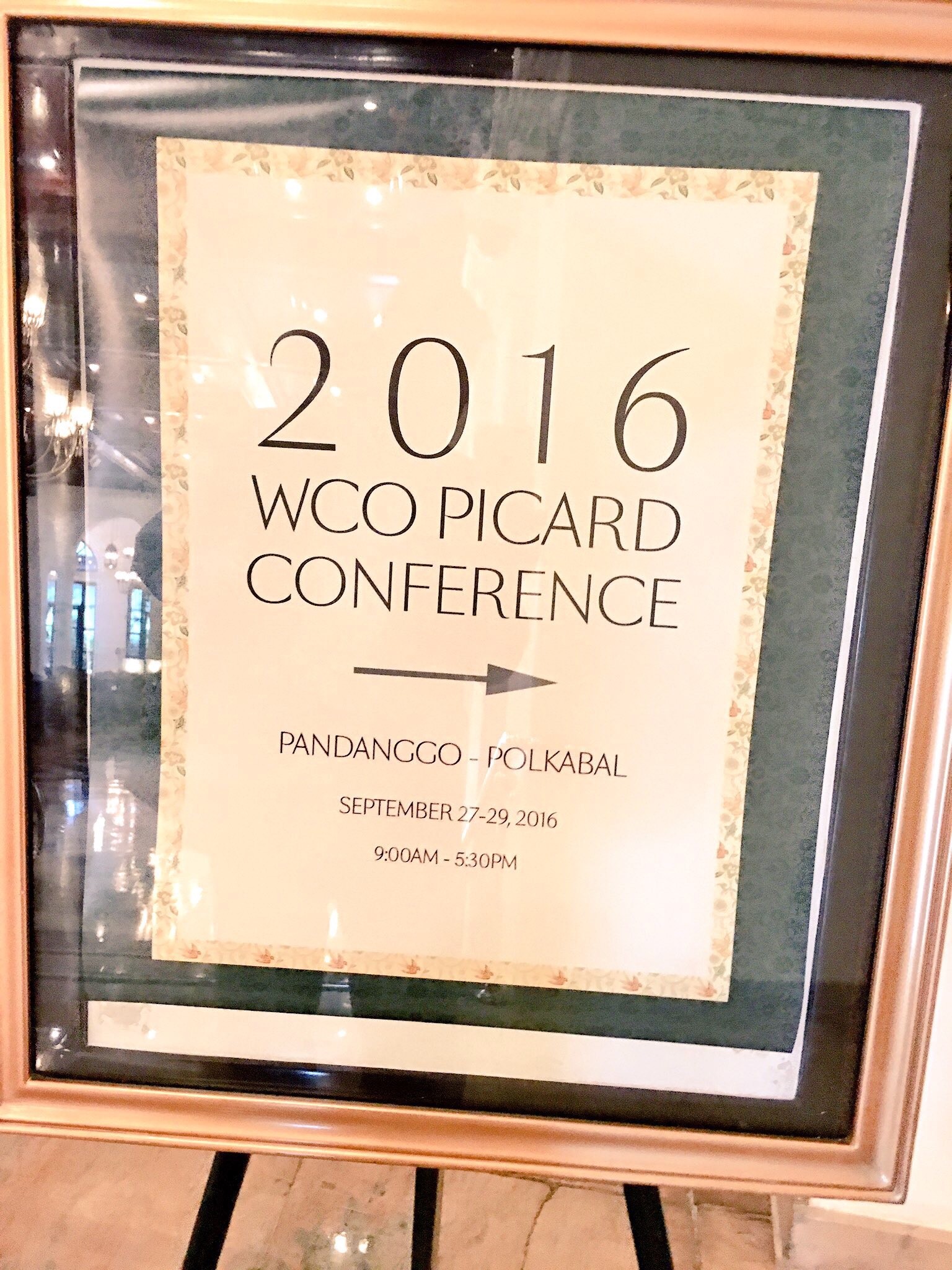This week the world of Customs came to Manila to discuss academic research in the field of Customs, trade, borders and security.

The World Customs Organization held its annual Acadmic conference here over the last days.

Government officials, academics, scientists and private sector meet to learn about the latest goobal findings and to discuss the future of international movement of goods and people.

A great meeting. I could not attend the entire event but I did get a chance to meet many friends and colleagues to discuss the future of Customs here in this wonderful city.
All the new research presented made this very well organized event another ‘thrilla-in-Manila’.
In 1975 the greatest fighter of all times, Mohammad Ali met heavy weight boxing champion Joe Frazier in Manila, Philippines.

The game was named ‘The Thrilla in Manila’ and it was the third and final boxing match between Muhammad Ali and Smokin’ Joe Frazier. Ali won on technical knock-out.

The contest’s name is derived from the frequent rhyming boast made by Ali that the fight would be a “killa and a thrilla and a chilla, when I get that gorilla in Manila”.
By many people and experts it is called the best fight of all times.
This week I participate in the World Customs Organizations (WCO) annual Academic conference PICARD in Manila, Philippines.

The 2016 PICARD conference is an international event where the Academia, Government and Private Sector meet to discuss Academic Research & Development around Customs, borders, trade and security of the international supply chain and safety of our world.

I was involved in initiating the WCO PICARD programme in 2006-2007 as Director of Capacity Building of the WCO, and chaired the conference 2007-2010.
The aim of the programme is to increase the professionalism of Customs and Border Agencies – and to support the development of worldwide security and safety.

It is always very interesting to meet academic colleagues from all around the world to discuss the latest research in various areas of our profession, how to protect the world and at the same time develop our societies.
Over the years we have had all the most acknowldeged scientists and researches involved in the programme and the congerences, including several Nobel Prize winners.
It is always a pleasure to participate in this very important conference, this year hosted in a very impressive way by Philippines.







You must be logged in to post a comment.